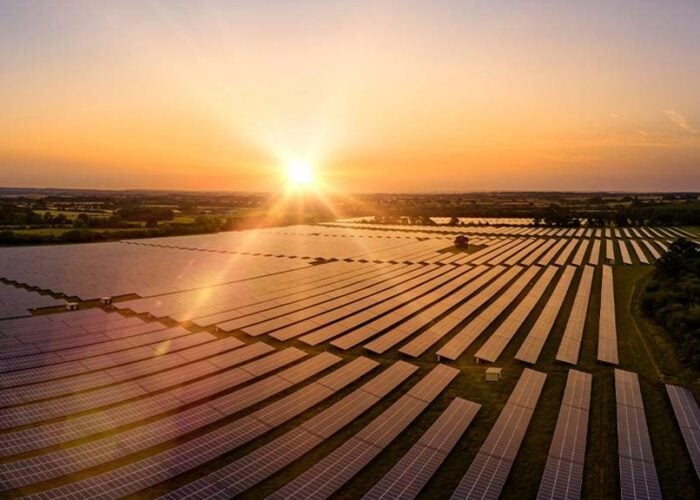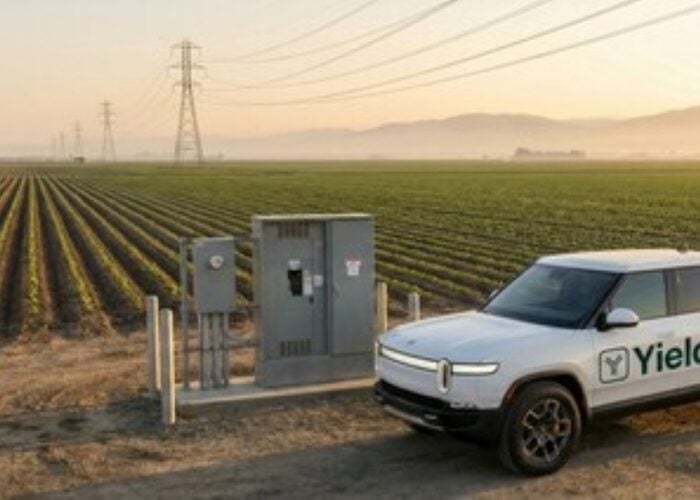Grid-connected energy storage installed globally will exceed 40GW by 2022, according to a research report by IHS published in late December.
The report, ‘The Future of Grid-Connected Energy Storage’, claims that with the market dominated by demonstration projects during 2012 and 2013, only around 340MW of grid-connected energy storage systems (GESS) were installed during this period. However, according to IHS solar research manager Sam Wilkinson and co-author Abigail Ward, the annual rate of installations will grow to over 6GW by 2017, in part due to the need to connect increased volumes of renewable energy sources, including solar, to grids.
Try Premium for just $1
- Full premium access for the first month at only $1
- Converts to an annual rate after 30 days unless cancelled
- Cancel anytime during the trial period
Premium Benefits
- Expert industry analysis and interviews
- Digital access to PV Tech Power journal
- Exclusive event discounts
Or get the full Premium subscription right away
Or continue reading this article for free
IHS forecasts that the dominant technology in GESS will be lithium-ion (Li-ion) batteries, accounting for over 60% of annual installations in 2017 due to its versatility in handling both power and energy intensive tasks. Echoing the thoughts of many in the industry, the report claims that revenue streams taken from a diverse range of applications will be necessary to establish the business case for GESS, which the versatility of Li-ion battery technology could enable.
Long term, the report claims other technologies including sodium sulphur, sodium nickel chloride, flow batteries and alternative compressed air energy storage systems will start to take a bigger share of the market, particularly for energy intensive functions, with the report citing the advantage of lower upfront costs than Li-Ion for these technologies.
Commercial deployment of grid storage is currently limited to a handful of regions including Germany, Japan, the US and parts of South and Central America. IHS claims factors including the growth of financial incentives, procurement/installation targets and changes to grid regulations will drive acceleration.
IHS has also forecast that between 2012 and 2017 around 43% of the total megawatts installed will be located in the US. Pay for performance rates for frequency regulation services and for reducing peak demand charges levied on commercial electricity tariffs, currently drive the US market. IHS believes that the long-term growth the firm predicts to take place in the US market will come largely as a result of legislative measures, such as the introduction of Assembly Bill 2414 ESS Procurement Targets and the need for flexible capacity to allow for added renewable energy capacity. The state of California recently introduced a procurement target for utilities of 1.3GW grid storage capacity.





